Post-Modern Blog
Environmentalism in Post-Modern Art
With increased knowledge and awareness about the impact that humans have on the environment, many artists have begun to create art that reflects the relationship people have to the environment. Environmental art comes in many forms. It can be a celebration of the natural world. It can be art made from the environment itself. It can be a statement on the effect of humans on the natural world, or any combination of these. The environmental art movement began between 1960 and 1970, but has continued to evolve into the post-modern works we see today. In the post-modern era, environmental art became much more conceptual and is often integrated into the environment itself.
Christo and Jeanne-Claude
Wrapped Trees
Foundation Beyeler and Berower Park, Switzerland (1997-1998)
Although the husband and wife team Christo and Jeanne-Claude did not actually create this work, they were responsible for designing and funding the idea to wrap over one hundred trees with fabric. This makes these very real trees appear synthetic. The art is very closely tied to nature. The materials used to create the art are man-made, but the trees are what give the fabric and rope its shape and definition. This points to how reliant we are on nature. The eye-catching appearance of the trees serves to draw attention to the natural world in a new way.
The most prominent art element in this work is form. The way the creators used rope to secure the fabric to the trees makes their leafless branches appear to be full of silver leaves. Shape is also carefully used. Although almost none of the actual tree is exposed, the fabric covered each tree in such a way that allows its unique size and shape to be preserved and conveyed to the viewer. The branches pushing against the fabric create a combination of smooth, rounded shapes and sharp, angular shapes. The smooth shapes are reminiscent of the natural world, while the angular shapes represent the man-made world. This work shows uses these shapes to show these two worlds working in harmony. Because the art is located outside, the sun casts a natural, dynamic tone over the trees. When the sun shines through the fabric, you can see the dark shape of the tree trunks and branches.
Lake Iseo, Italy (2014-2016)
Christo and Jeanne-Claude designed this work more than forty years before it came into being. The art was constructed five years after Jeanne-Claude passed away. The piers were assembled from thousands of small, floating cubes covered in yellow fabric. Before the piers were disassembled, visitors could walk across them for free. The location is essential to this work. The lake is surrounded by mountains from which viewers can experience an arial perspective of the piers. Like Wrapped Trees, Floating Piers would not be possible without the combination of natural and man-made elements. Because visitors are able to walk on it, the art also enables viewers to interact more closely with nature.
Color is used for contrast in this large-scale work. The artist had the yellow fabric custom designed. The yellow contrasts sharply with the color of the water, but the two colors look good together. The bright color can also be identified from far away. The lines used in the piers are also very noticeable. It uses straight lines and sharp angles. The water, however, is full of waves and ripples, very different from the angles of the piers. The texture was carefully planned out. Underneath the fabric, you can see the shapes of the floating cubes. The texture these cubes create is easily viewed from above the piers. It interestingly shares many similarities with the pattern of the waves in the water. The key difference is that the texture of the piers is consistent, while the texture of the water is impermanent and ever-changing.
Nils-Udo
France, 2012
This work consists of the metal shape of a half leaf on the water surrounded by an autumn forest. It appears that the leaf itself is the focus, while the environment is enhancing and drawing attention to it. There is also a strong contrast between the bright color and sharp geometric angles of the leaf and the wild surroundings. When put on display in front of trees, the man-made structure seems simple compared to the depth and complexity of the surrounding lake and forest.
Pattern through repetition is used in this work. The lake reflects the white leaf sculpture, completing the image. It also reflects the surrounding forest, making the entire scene feel very symmetrical. Color adds to the contrast between the real leaves and the fake leaf. Pure white is rare in nature, and stands out against the warm fall colors of the forest. Lines are also important for the same reason. The evenly-spaced, geometric lines look distinctly man-made and the patterns only very loosely follow the patterns of veins on a leaf. This causes it to stand out against the natural background, which appears almost chaotic in comparison. It is unrestrained in its bright splashes of colored leaves and mysterious in its dark shadows.
Clemson University, South Carolina (2005)
This work is unique in that it was made entirely out of natural materials. It shows the amount of potential a well-preserved environment holds, and celebrates the beauty of nature. The nest was constructed from pine logs and bamboo. The nest was built around a small hole in the ground, but the transition from large logs at the top to small twigs at the bottom create the illusion that the hole is very deep. It feels almost like a portal to another world.
Shapes are used very creatively in the nest. The circular shape is constructed from straight objects, which seems paradoxical. Lines are important to this work. The pine logs on the outside closely resemble a bird's nest in appearance, but the logs have clearly been carefully placed to form intertwining lines that create a feeling of stability and balance. The colors of the nest are very interesting. They are all natural colors, but they are separated into very discrete sections, which give is a man-made feel. At the bottom of the nest there is a puddle of water. The puddle is surrounded by a darker layer of dirt, followed by green bamboo. Finally, pine logs form the top layer. To take it even further, the trees surrounding the nest are a dark grey, almost black. In comparison to these, the nest looks very warm and comforting, which seems very fitting for a nest.
Subodh Gupta
Donum Estate, California (2018)
This sculpture of a tree was made entirely of recycled stainless steel materials. It was designed to resemble the national tree of India, the banyan tree. The pots and jugs hanging off of the tree like leaves are common household items used in middle class Indian homes. The sculpture ties daily life and the natural world together, while integrating elements of the sculptor's culture into the work. The beautiful creation made from simple household materials is meant to symbolize economic growth, while imploring the viewer to value and respect the environment.
The elegant, wavy lines of the tree branches and vines meld seamlessly with the hills and clouds in the background. This makes the sculpture look like it belongs here, even though it is so different from the surroundings. The color of the tree contrasts with the rest of the environment. Other than the color, the tree looks very real. Color helps it catch the attention. This is amplified by the texture. The smooth metallic material works very well located outside. When the sun shines on the tree, the brightly shining reflection catches the eye even from a distance.
HA Schult
Trash People
Longyearbyen, Norway (1996-2011)
The most unique thing about these life-size statues made out of trash is that all one thousand of them have spent their lives on the move. The artist, with the help of others, has moved his army of statues all across Europe and beyond. He often placed them in front of iconic centers of tourism, where they would be unavoidable by anyone in the area. They have been to the Great Pyramids, St. Basil's Cathedral, The Great Wall of China, Matterhorn, Rome, and the Cologne Cathedral. The sculptor then left them on a sheet of melting ice in Norway, where they will eventually be destroyed by time and nature. The trash people are meant to represent humans, their effect on the environment, and their relationship with nature. I think that the artist created these replicas of humans to give people an outside look at themselves.
Pattern is used in the way these statues are arranged. The artist put them in straight lines and rows, with only enough space between them for a person to walk through. I find the color very interesting. All of the statues are in shades of yellow, red, and brown. This makes them blend in very well with most urban surroundings. They look like they are in place in all of the cities they were placed in, but stand out against the cold, empty surroundings of their current home in Norway. Texture is an important component of the statues. From a distance, all the statues look identical. Upon closer inspection, each one has a unique texture created by the recycled trash they are made of. The different textures make the statues feel more life like and adds dimension and diversity to the art piece as a whole.
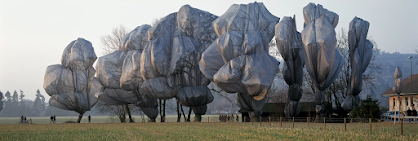

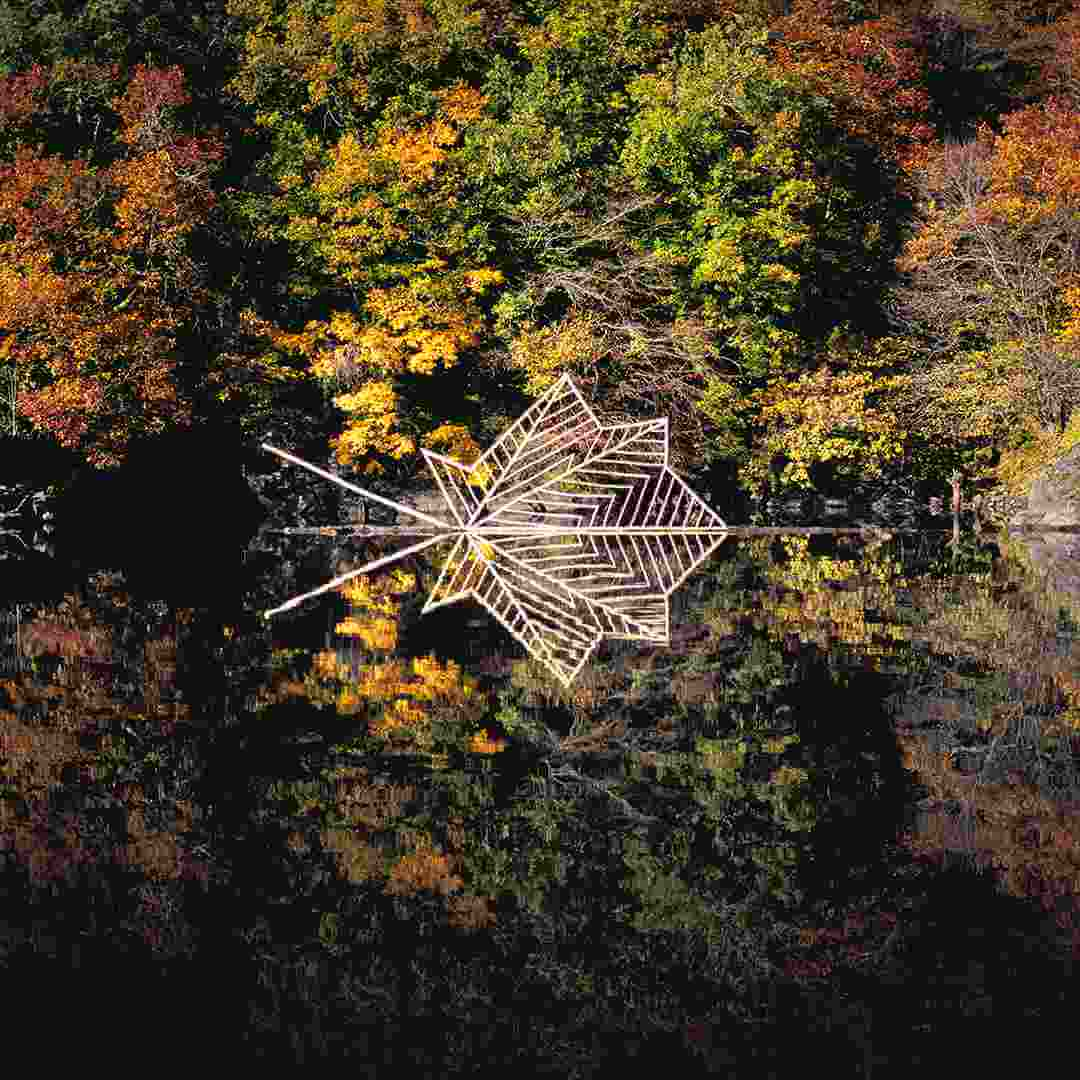
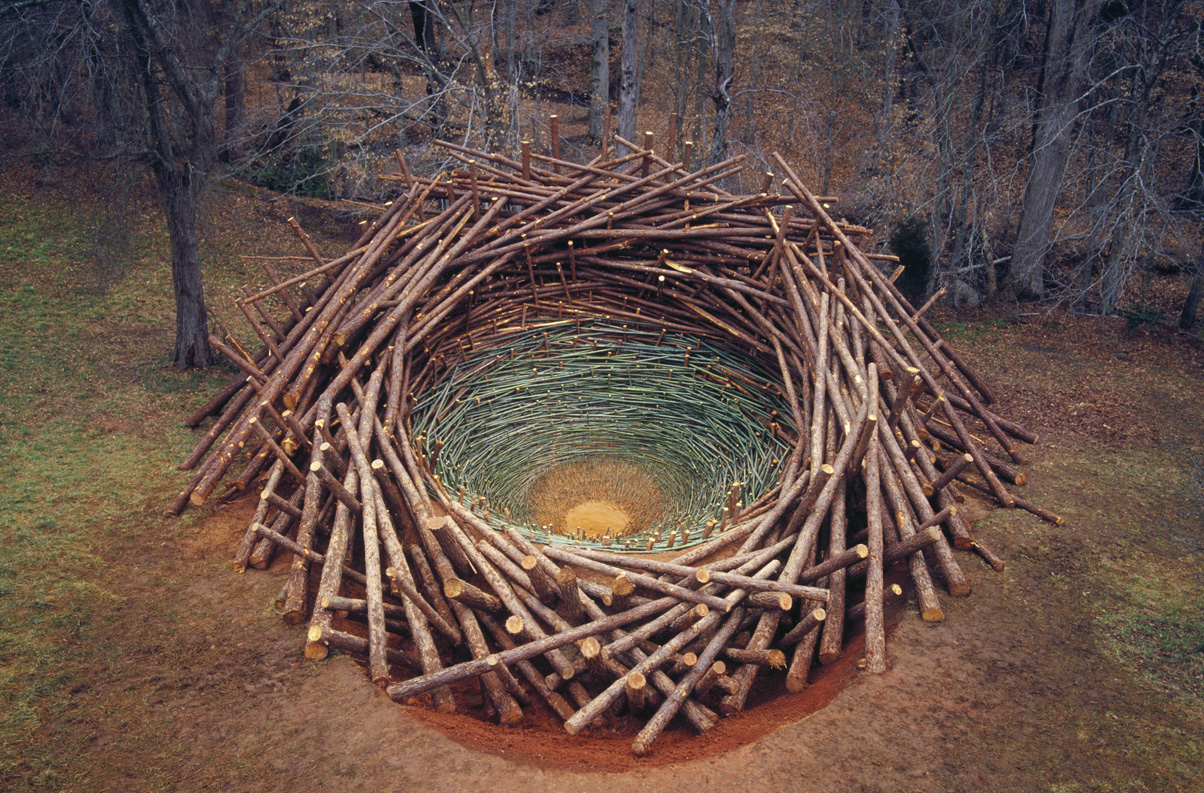


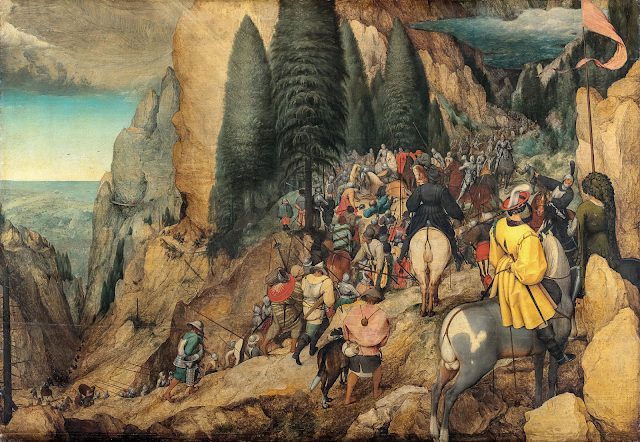
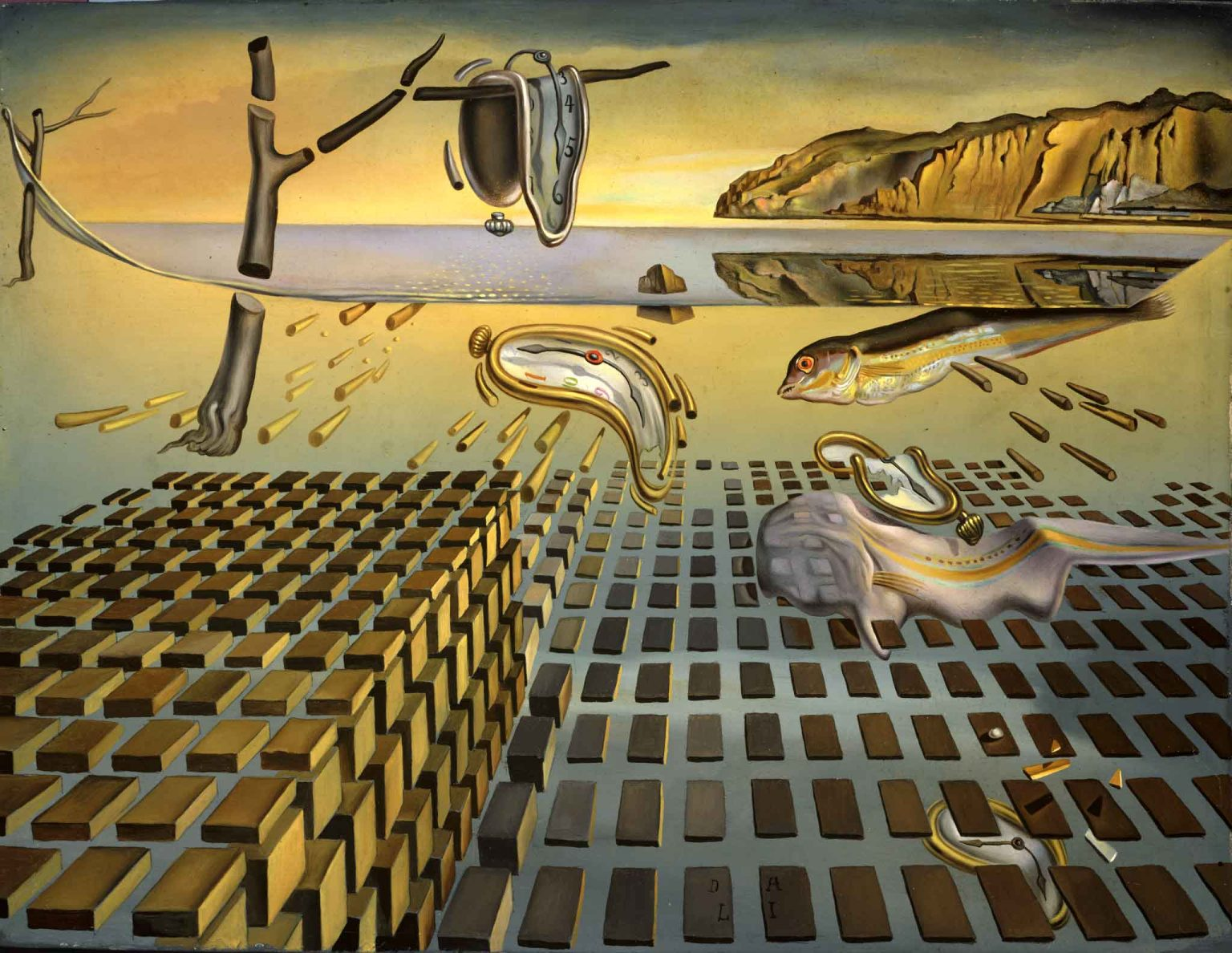
Hi there! I really enjoy the theme you chose. It is interesting how environmental art can be made of natural materials or it can use recycled material like in People Tree and Trash People. It is really amazing that Trash People has traveled all over the place; I think it makes an important statement. I found Clemson Clay Nest to be really beautiful, I imagine it is amazing in person.
ReplyDeleteHey there Honor! You've got a strong theme here. I like the "People Tree", it looks like something out of scifi. I feel like those roots should be slithering. The "Clemson Clay Nest" reminds me of a local piece in Homer, where I'm from. It's set up on a walking trail out behind the Museum, and it's a woven twig and branch seat hanging from a tree right next to the trail. I can't remember whether you're allowed to sit in it, but it has the same calculated human roundness with the natural feeling. The trash people was definitely the most interesting because of how it's sort of a living piece. I'm just wondering what happens when the ice sheet melts, do they drop into the ocean?
ReplyDeleteYou have done a fantastic job describing the uniqueness of each of these pieces as well as the intended messages behind each. This is a really enriching way to view these large scale pieces and gain a deeper understanding of the topics they address. I especially love what you said about the People Tree, regarding the process of using everyday items to make something extraordinary. I would go even further interpreting the reflective nature of the items, combined with the use of everyday items to determine a message of unity and the power of working together. The reflective nature of the stainless steal makes the viewer reflected into the natural shapes, the reflection being scattered across the myriad surfaces, making for a potent conclusion of the power we have when we work in groups to bring about change. Overall great exploration of the art of this movement!
ReplyDelete